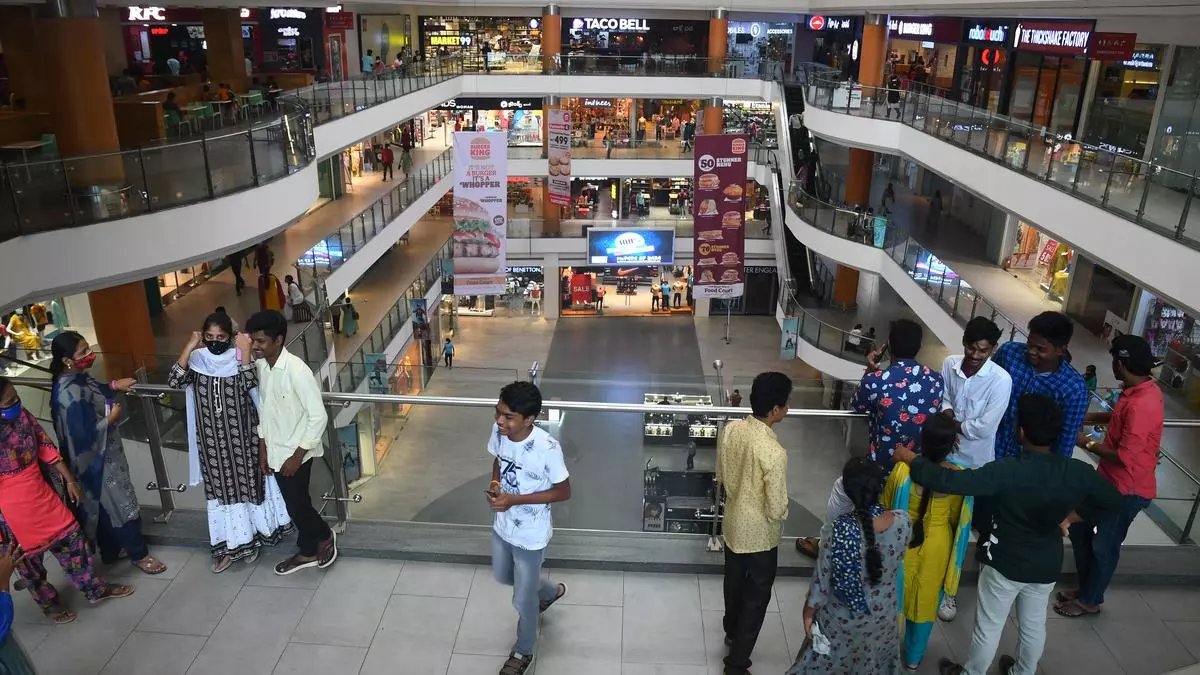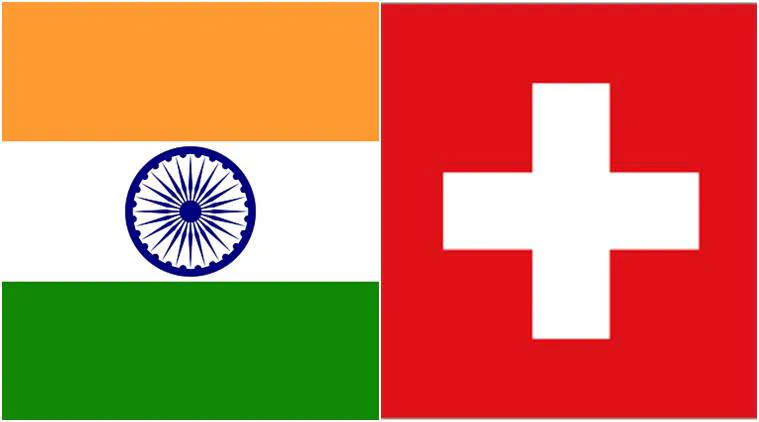India's retail sector is on the verge of a significant growth spurt, fueled by the remarkable recovery witnessed last year.
Over the next four years, an additional 35 million sq ft of mall space is set to be added, representing an investment of over Rs 20,000 crore.
Key Highlights
- Tier II Cities Driving Mall Growth: The majority of the mall space expansion will be concentrated in Tier II cities, contributing to a 25% increase in overall mall space.
- Mall Owners' Revenue to Grow 7-9%: Despite substantial capital expenditure plans, mall owners are projected to achieve 7-9% growth in revenue for the current fiscal year, maintaining stable credit risk profiles.
- High Occupancy Rates: The optimistic outlook for the retail sector is expected to support a consistently high occupancy rate of 95%.
- Diversified Consumption Patterns: CRISIL Ratings emphasizes the importance of diversified consumption across various categories in bolstering retailers' operational performance. Sectors such as jewelry, restaurants, sports, and electronics have experienced double-digit growth in the current fiscal year, while the apparel and footwear sectors have also displayed a robust recovery.
- Stable Credit Risk Profiles: Credit risk profiles have remained stable this year, attributed to strong operating performance and healthy balance sheets. The debt-to-EBITDA ratio is expected to improve slightly, transitioning from 3.2 times in the previous fiscal year to 3 times in the current fiscal year.
Overall Outlook
The Indian retail sector is poised for sustained growth in the upcoming years, driven by increasing disposable incomes, urbanization, and a growing preference for organized retail.
The expansion of mall space, particularly in Tier II cities, is expected to further propel the sector forward.
5 Key Insights :
- Tier II Boom: Mall growth explodes in smaller cities.
- Retail Rockets: 7-9% revenue surge for mall owners.
- Consumers Diversify: Jewelry, restaurants, sports join apparel/footwear surge.
- Credit Stable, Debt Dips: Healthy balance sheets, improving financial ratios.
- Organized Reigns: Urbanization, rising incomes fuel retail preference.


































